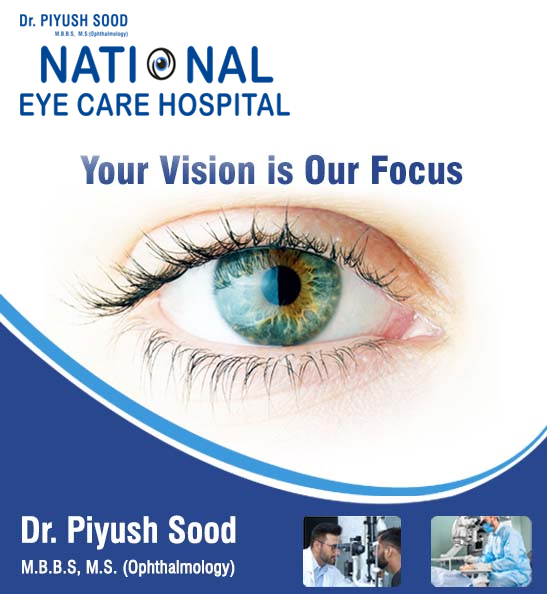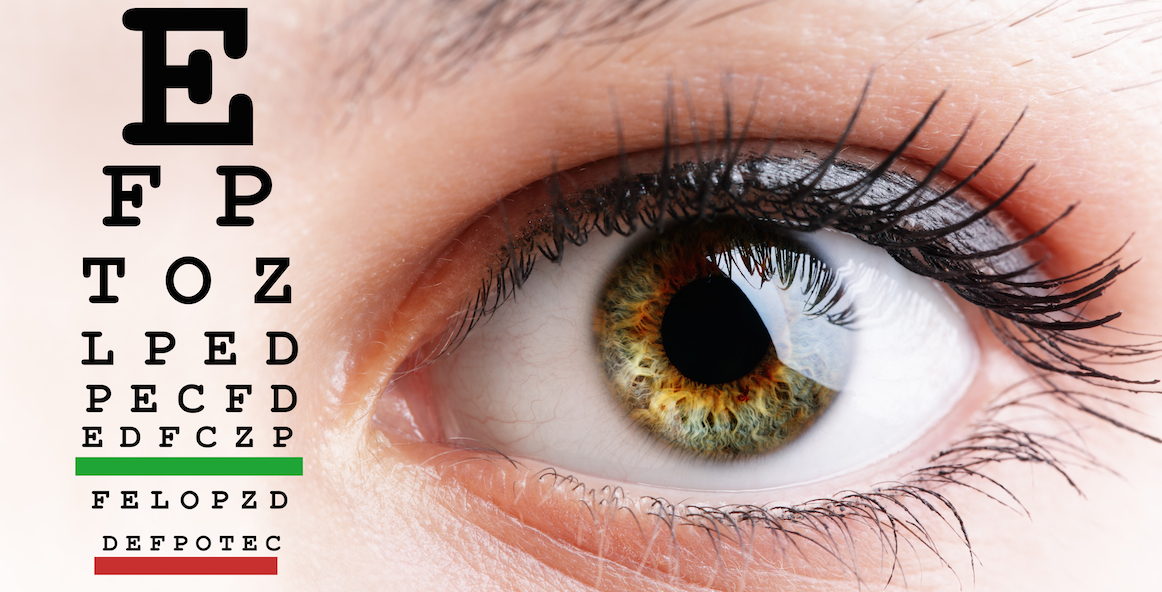Trusted Hearing Service Near Me: Professional Care at Our Clinic
Trusted Hearing Service Near Me: Professional Care at Our Clinic
Blog Article
Checking Out the State-of-the-Art Technologies Made Use Of for Detecting and Treating Eye Conditions
In the world of ophthalmology, the evolution of technology has considerably improved the tools offered for detecting and treating various eye conditions. From sophisticated imaging innovations that give thorough understandings into ocular frameworks to robotic-assisted medical treatments that provide unequaled accuracy, the landscape of eye care is frequently progressing. With the integration of expert system in diagnostics, gene therapy technologies, and online truth rehabilitation, the opportunities for enhancing individual end results are broadening at a rapid pace. The convergence of these innovative technologies holds the pledge of transforming the field of ophthalmology, offering new opportunities for customized and reliable treatments.

Advanced Imaging Technologies
Advanced Imaging Technologies have revolutionized the area of ophthalmology by giving comprehensive and specific visualization of the eye structures. Optical Comprehensibility Tomography (OCT) stands apart as an essential innovation in this realm. OCT makes use of light waves to record high-resolution cross-sectional pictures of the retina, allowing for the recognition of minute architectural changes. This non-invasive method aids in the very early detection and surveillance of different eye conditions such as macular degeneration, diabetic retinopathy, and glaucoma.
Moreover, Fundus Photography is one more important tool in sensory imaging. This strategy entails capturing detailed photos of the back of the eye, including the retina and optic disc. Fundus Photography aids in documenting the progression of eye diseases, examining therapy effectiveness, and informing people regarding their eye health and wellness.

Robotic-Assisted Procedure
Robotic-assisted operations have significantly progressed the capacities of ophthalmic surgical procedure, introducing a new period of precision and performance in dealing with numerous eye problems. By incorporating robot modern technology into procedures, eye doctors can achieve unparalleled precision and control, causing improved individual results.
One of the key benefits of robotic-assisted surgery in ophthalmology is the enhanced dexterity and security it supplies to cosmetic surgeons. The robotic arms can perform precise motions with a high level of precision, permitting fragile procedures with very little invasiveness. This degree of accuracy is specifically valuable in surgeries involving the retina, where also minor mistakes can have considerable implications for a client's vision.
Moreover, robotic-assisted medical systems offer real-time imaging and feedback to the doctor, enabling them to make informed decisions during the treatment. This technology boosts the specialist's situational recognition and permits adjustments to be made without delay, ensuring optimum results for the individual.
Artificial Knowledge in Diagnostics
With the development of advanced innovations boosting medical precision in sensory procedures, the combination of Expert system in diagnostics has become a pivotal advancement reinventing the area of eye care. Fabricated Intelligence (AI) algorithms are being significantly made use of to evaluate intricate information from imaging technologies like you could look here optical comprehensibility tomography try this out (OCT) and fundus photography to assist in the early discovery and exact diagnosis of various eye conditions. These AI systems can efficiently determine patterns and anomalies in images that may not be discernible to the human eye, enabling quicker medical diagnosis and therapy planning.
AI formulas can likewise predict condition progression, recommend tailored treatment strategies, and evaluate the efficiency of treatments. By enhancing the diagnostic procedure, AI not just enhances the effectiveness of eye treatment specialists yet also improves individual results by making it possible for prompt interventions. As AI proceeds to development, its duty in diagnostics is expected to expand, offering brand-new possibilities for early treatment and personalized treatment in the area of ophthalmology.
Genetics Therapy Innovations
In the world of sensory improvements, recent strides in genetics therapy advancements have stimulated substantial interest among researchers and healthcare professionals alike. Gene treatment holds immense guarantee in revolutionizing the treatment of numerous eye problems by targeting the hidden genetic reasons. By presenting hereditary material into cells to compensate for abnormal genes or to give a missing genetics, gene therapy uses a customized strategy to dealing with inherited eye problems such as retinitis pigmentosa, Leber hereditary amaurosis, and others Recommended Reading that were previously thought about untreatable.

As research in gene treatment remains to breakthrough, the possibility for customized therapies for a larger range of eye conditions grows, using new expect individuals with genetic eye illness.
Online Truth Rehabilitation
Online fact recovery has actually emerged as an advanced approach in enhancing the recuperation and recovery processes for individuals with various aesthetic impairments. refractive surgeries in al. By replicating real-world atmospheres through immersive technology, virtual truth uses an one-of-a-kind system for vision treatment and rehab. This cutting-edge technique enables people to involve in interactive exercises and tasks made to enhance aesthetic acuity, depth assumption, eye control, and total visual functioning
One key benefit of online truth rehabilitation is its capability to customize therapy programs based upon the particular demands and capabilities of each client. Through real-time responses and surveillance, medical care professionals can track progress, readjust interventions, and supply individualized like maximize results. Furthermore, digital reality modern technology can produce a controlled and safe area for people to practice aesthetic tasks, conquer obstacles, and construct self-confidence in a virtual setting before transitioning to real-world situations.
Final Thought
To conclude, the developments in imaging innovations, robotic-assisted surgical procedures, man-made intelligence diagnostics, gene therapy advancements, and virtual fact recovery have actually considerably boosted the medical diagnosis and treatment of eye conditions. hearing service near me. These state-of-the-art technologies have revolutionized the field of ophthalmology, enabling more exact and effective procedures. As innovation remains to progress, the future of eye care looks promising with the possibility for even more cutting-edge remedies to enhance person end results
In the world of ophthalmology, the evolution of modern technology has actually considerably improved the tools offered for diagnosing and dealing with various eye problems. Fundus Digital photography assists in recording the progression of eye diseases, examining therapy efficacy, and informing people regarding their eye wellness.
Man-made Intelligence (AI) formulas are being progressively made use of to evaluate complex data from imaging modern technologies like optical coherence tomography (OCT) and fundus digital photography to aid in the very early detection and accurate diagnosis of various eye problems.In conclusion, the advancements in imaging technologies, robotic-assisted surgical procedures, man-made knowledge diagnostics, genetics therapy developments, and digital fact recovery have substantially boosted the medical diagnosis and treatment of eye problems. As modern technology continues to develop, the future of eye care looks encouraging with the possibility for even more ingenious remedies to enhance client results.
Report this page